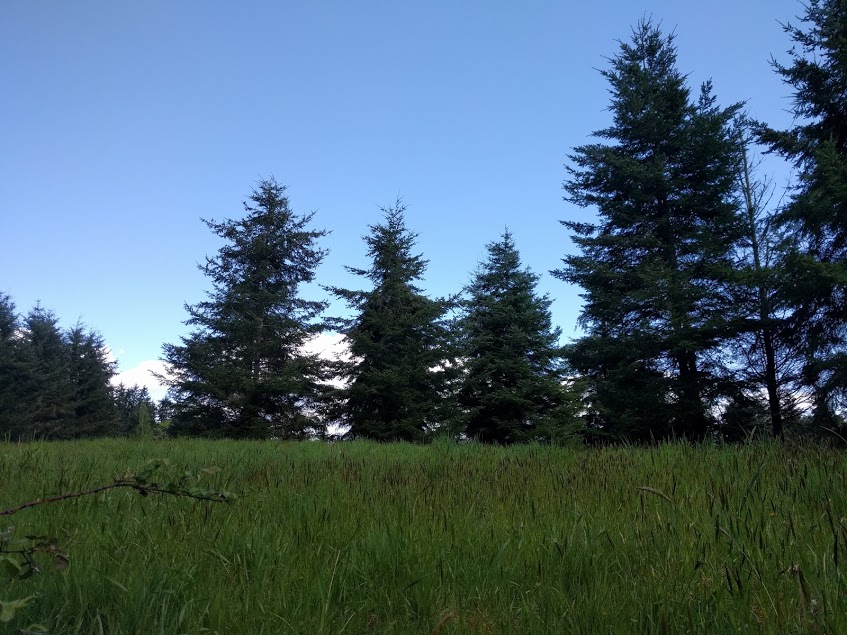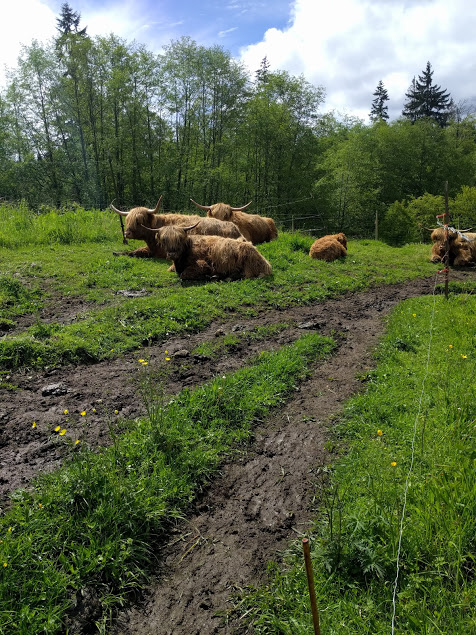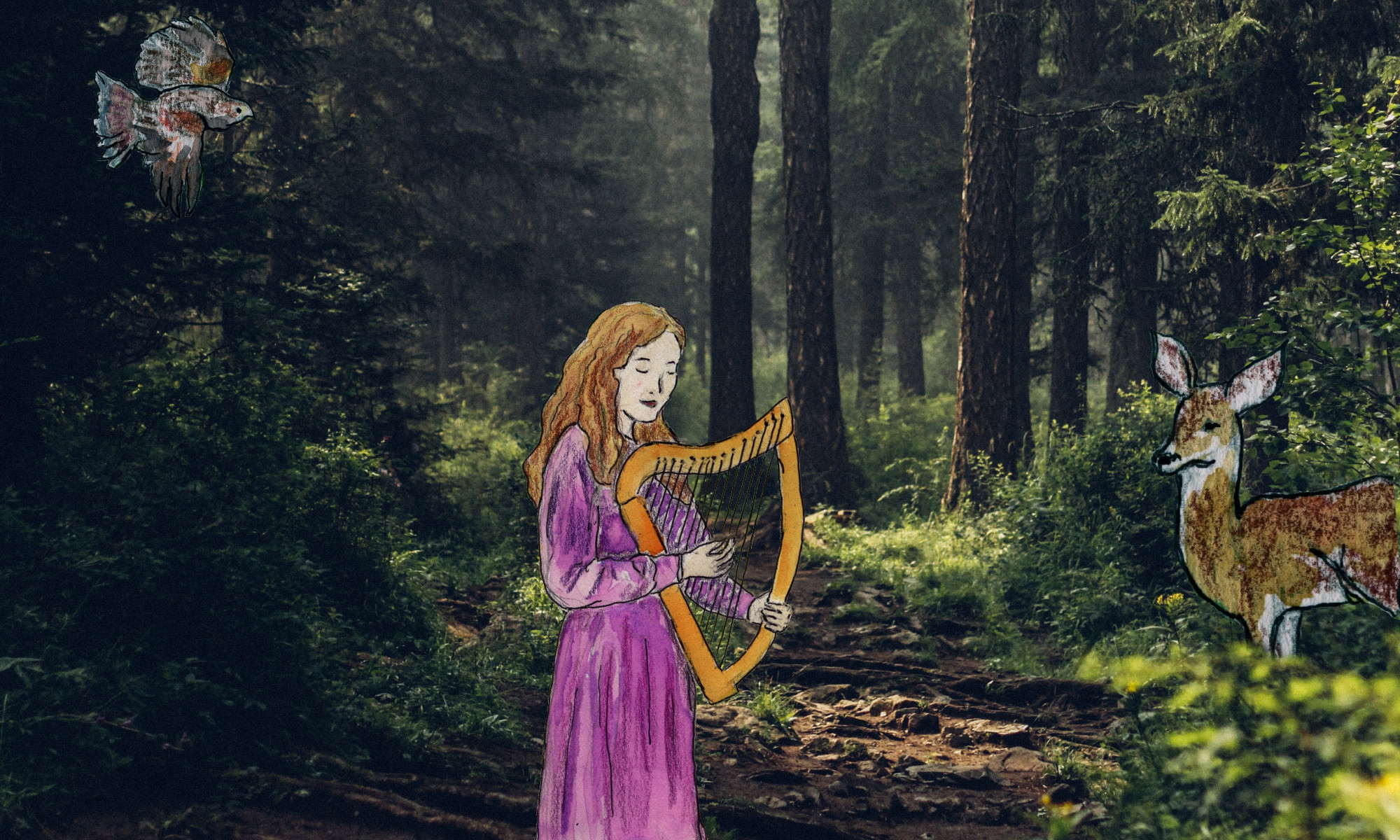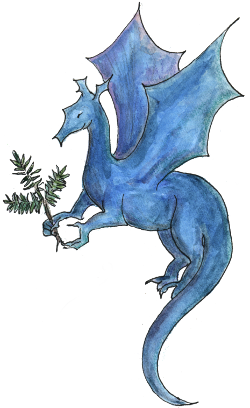I am sitting with the children at the lunch table at Heartstone School, the farm preschool where I teach once a week. It is full-on spring, and the children are full of the life of it. They are mischievous and chatty. While this is the time for Quiet Lunch – several minutes when we focus on enjoying our meals – the lively spirits of one and all suggest that a Quiet Lunch will be a challenge!
To support a Quiet Lunch, one of the instructors usually tells a brief tale about a nature experience she’s had. It’s my turn, but luckily, I have a spicy true-life tale. And, though this isn’t always the case, today I have a perfect hook.
“When we’re all quiet, I’ll tell you a story that happened just yesterday.”
I pause to give them a chance to register what I’m saying, and also to create and invoke – in a simple way – the Storyteller’s Space. If I’d had my harp with me, I would have strummed it, or played a chord. If I’d had a shaker, rattle, or drum, I might have shook or struck it.
But this is the lunch table, and not a full on storytelling session. Even so, I use the pause in my speech to enter into the space and bearing of a storyteller, the space where all words that follow are the path into the woods and into the shared experience of a tale. The space where a personal experience steps outside of itself and becomes something larger, something that belongs not just to me now, but to us. The space that becomes an invitation.
“When it’s quiet, I’ll tell you what happened with the fairies in my forest.”
 Immediate and expectant silence! All of the children are listening. I then tell a story that really happened in my woods the day after Mother’s Day, a tale that involves a lost treasure, a rodent cemetery, the vibrant listening aliveness of the forest, a conversation with the fairies and … the fairies’ response. (Yes, I intend to share the story on this blog!)
Immediate and expectant silence! All of the children are listening. I then tell a story that really happened in my woods the day after Mother’s Day, a tale that involves a lost treasure, a rodent cemetery, the vibrant listening aliveness of the forest, a conversation with the fairies and … the fairies’ response. (Yes, I intend to share the story on this blog!)
If I had been telling with a harp, I might have strummed to indicate the breeze, played harmonics for water droplets, or played a few notes to indicate birdsong. I might have struck rich chords – in ninths perhaps, or a G major chord in one hand and a D minor in the other – to indicate the lushness of the springtime plant life. I might have played dissonant chords and quickly damped them for some of the more startling things I discovered (the rat cemetery!). I might have played snippets of a fairy tune – say, Turlough O’Carolan’s “The Fairy Queen”–just a couple of measures — at various times through the tale to suggest the enchantment, and perhaps played the whole tune at the end of the tale.
Other instruments could have been just as effective and evocative: recorders and flutes, percussion, a song. One could easily play with sound that musically suggests sorrow, regret, shock, wonder, beauty – the emotional terrain of the tale.
But a storyteller’s voice can be enough. And that’s what I have for this telling.

I tell the tale, bringing myself as much as I can into the feelings and landscape of my experience, and doing what I can to bring my listeners into those places too. Then I finish.
Now, I make space for the kids to ask questions and share their own stories and wonderings, all of which had been bubbling up during my telling. Questions about the rodent skulls, a sharing about their own experiences with fairies – anything is fair game if it has to do with the story.
This is a great time too for adults to ask questions or to voice some of their observations, which is what we instructors — here at Heartstone and also at the Vashon Wilderness Program where I also teach — do for each other when we tell stories to the kids. It’s a way to model questions that dig into the story, or even – as in cases of personal stories — into the teller’s memory.
Stories told to children can inspire, suggest, teach, captivate, and so much more. When we share stories with children, we are engaging in a timeless technology that is part of our humanity. Even more, we’re sharing connection, a special time that can allow for listening deeply to one another.
Telling stories to children and listening to their stories in turn is a magic that goes back to our human beginnings. And it is a magic in which we can all partake. It’s natural for us to do so.

In the coming series of blog posts, I’ll dig deeper into these elements of telling, especially to kids. If you’re a parent, grandparent, educator, or one who works with kids, you’ll find tips for telling stories to children, and, I hope – encouragement to do so. If you’re a harper or other musician, I’ll offer ways in which you can weave your music into your storytelling, the better to draw the listener into the fabric of your tale.
And if you are a storyteller already (actually, to be human is to be a storyteller!) then maybe something in these articles will offer an additional perspective or idea. Even more, I hope these posts inspire you to share from your experience and expertise. We can all learn from each other!
And now, dear reader, over to you.
Do you tell (formally or informally!) stories to children? In what circumstances do you find yourself telling stories? Is there a recent telling that was particularly meaningful to you? Please share about it in the comment box below!



It is a very good article. Thanks. i look forward to your next article about storytelling. Particularly how the use of harp match with the story contents and emotions.
I usually tell stories to my kids and other little kids. i love to make it as a career as storytelling harper.
This is a very exciting prospect.
Thank you for your generosity in posting this. It will be a magical addition to my school and hospital visits with my harp.
Hi Jane,
I’m just getting into storytelling (finally!). I’m telling my first story today, “The Marriage of Robin Redbreast and Jenny Wren”. Not to kids, though. I wanted to add harp to the tale, but I’m focused on learning it first.
So this is timely for me.
Thanks!
Sally
Yes please, sign me up for your blog. It is extremely timely for me. I am a storyteller and also play the harp – and have just begun working to combine the two. Telling stories is easier for me than having others listen to my harp playing, so it is a challenge that I am doing my best to embrace. I look forward to reading more of your experiences and hearing your stories. Thank you, Jane. I look forward to the journey.
This is wonderful! Thank you for sharing this, I look forward to each installment. I have been enamored with storytelling since my own kids were little, yet it’s been hard for me to come up with them. Now as a grandmother I have a stronger nature connection and the behaviors I watch in birds and other wildlife give me a richer base. Still hard! I’ve tried my hand at therapeutic storytelling as my profession was pediatrics, with good results so maybe, “when the student is ready the teacher appears. ” :-)) My harp is a lovely little treble double and putting these too skills together one day would be awesome. Thank you!
Hi Carmen! Thank you for sharing that you tell stories to your kids and other kids. You are definitely on your way to being a storytelling harper. I do indeed have in mind to delve into techniques for using the harp to support the events of the story and the emotions, and will be sure to do so. Thanks for letting me know your interest in that!
Thank you, Annie! I agree: adding storytelling to your school and hospital harp playing will indeed be magical. Thanks for mentioning how you would use your harp and storytelling!
Hi Sally! How did your storytelling go? What was the nature of the group you were telling to? I’d love to hear all about it! Focusing on story alone to start with sounds like a wise process.
Thank you, Sally. Congratulations for taking up the challenge of harp and storytelling together! How delightful that you find telling stories to be the easy part. That’s not always the case at first! But storytelling is so much fun. And I’ll be saying more about it, but adding harp — even minimally — is *very* magical in storytelling.
Oh, wonderful, Susan. Telling stories from your experiences in nature is a fantastic base from which to create stories. Children love real-life nature stories! I’m also intrigued by the therapeutic storytelling you’ve done, and would love to hear more about that. I’m sure you could work some real magic using your harp with your storytelling!